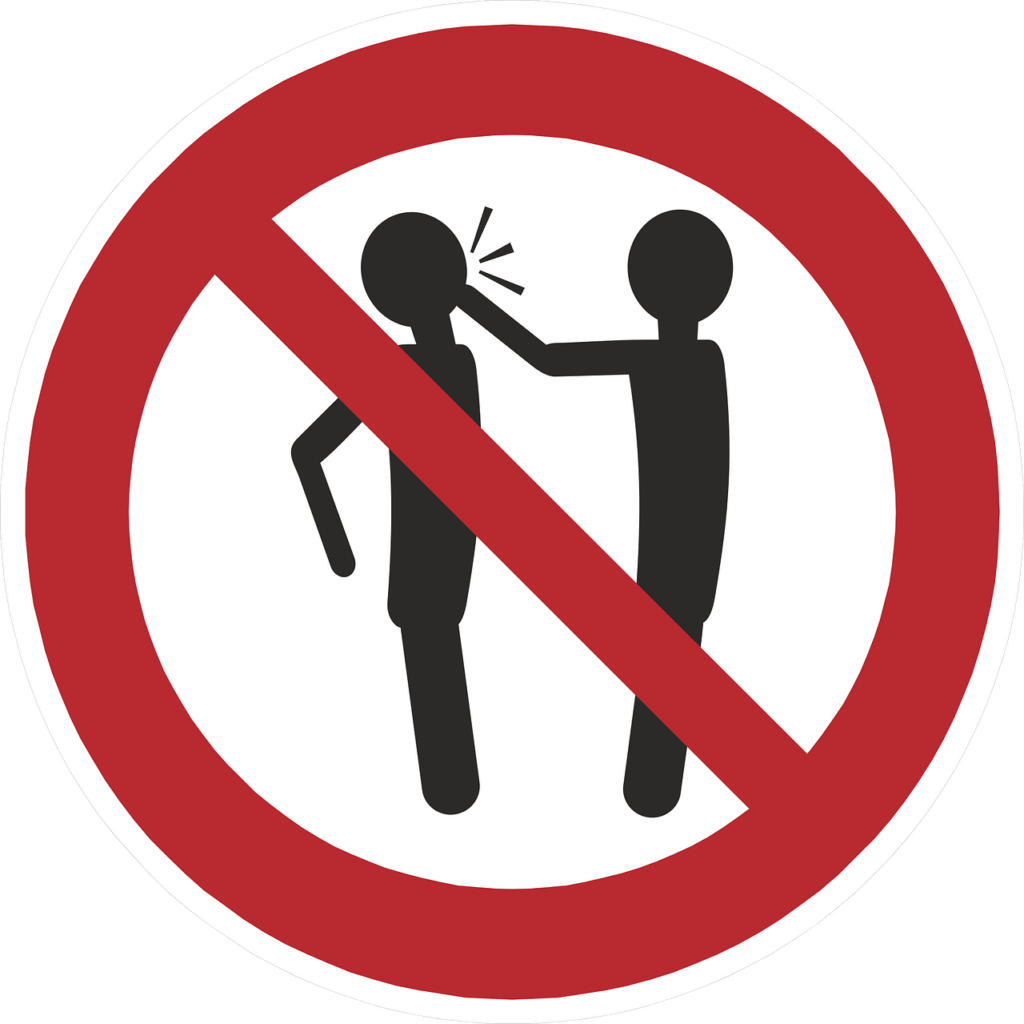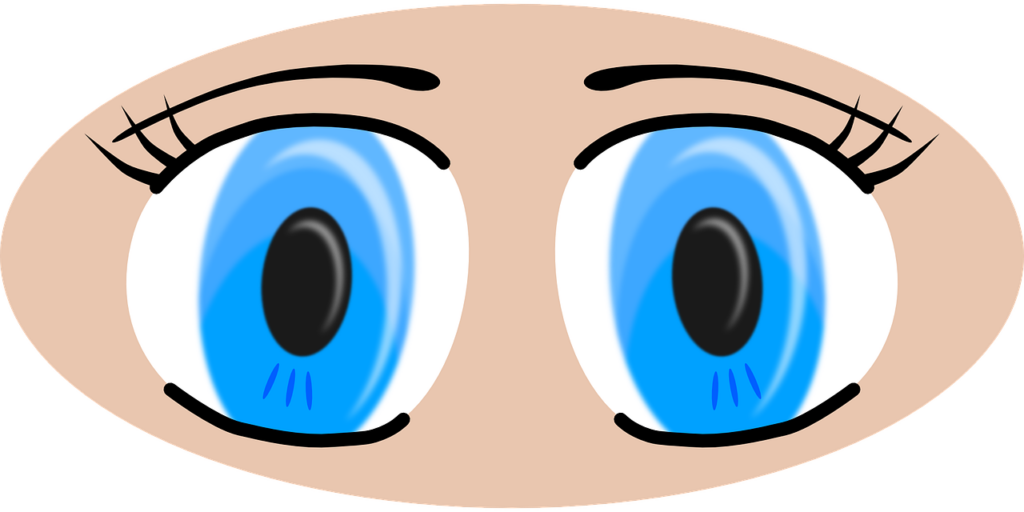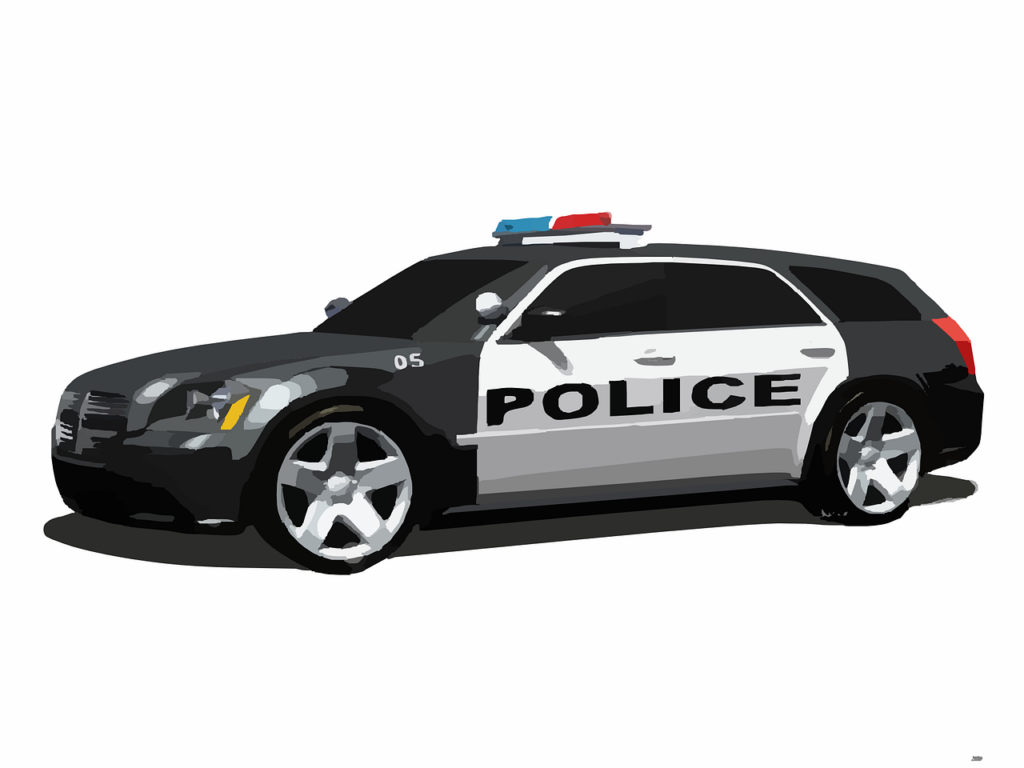Elder Abuse: A Hidden Epidemic
Types of Elder Abuse Part 2. Elder abuse has been called a hidden epidemic. And it impacts the health and well-being of six million elders annually in the United States alone. By being aware of the problem, the potential signs of abuse and the steps to take. Here, when these signs are noticed, we can make a big impact on this epidemic as a whole. We can make an even bigger impact on health and well-being. Consequently, of each individual elder for whom we speak up.
Signs of Elder Abuse: What to Look Out For
Types of Elder Abuse Part 2. Signs of elder abuse can be difficult to discern at times. While a pattern of obvious bruising or injury might be apparent, other signs can be subtle. So then, symptoms of abuse may manifest as vague behaviour changes. And which might be hard to distinguish from symptoms of dementia or depression. However, pay attention to any intuitive feeling that something may be wrong in a senior’s situation.
General Signs
Some of the more general signs that something is wrong could include:
- Sudden changes in behaviour, such as becoming more nervous, jumpy, aggressive or withdrawn
- Losing interest in favourite activities
- Difficulty sleeping
- Unexplained or sudden weight loss
Any of these changes could indicate that an elder is emotionally distraught. Also, which could be a result of physical, emotional or sexual abuse.
It also could mean that some of their needs are being neglected. For example, weight loss could indicate that their nutritional needs are changing and that the change is being overlooked.
Other Signs
Other signs that should raise some red flags of possible abuse could include:
- Increased nervousness around a particular caregiver
- Hostility or frustration in the relationships between an elder and the caregiver
- Threatening, controlling or demeaning behaviour from the caregiver towards the elder
- A caregiver who won’t permit the elder to be alone with trusted friends and family members
Signs of Senior Physical Abuse
Types of Elder Abuse Part 2. Aside from the general signs listed above, potential signs of physical abuse could include unexplained bruising or injuries. While some elders do tend to bruise easily, be alert for “suspicious” bruising such as:
- Patterns of bruises resembling fingertips
- Symmetrical patterns of bruising on both sides of the body
- Bruises, cuts or abrasions on wrists or ankles
- Unexplained bruising or bleeding from the lips, cheeks, face or head
- Bruising in odd places, such as the abdomen or underarms
Signs of Elder Sexual Abuse
- Bruising around breasts, buttocks or thighs
- Bruising or tearing around genitals
- Unexplained bleeding from the anus or vagina
- Ripped or bloody underclothes
- Unexplained venereal disease or infections
- The elder stating or hinting that abuse, including unwanted advances, has occurred
- Odd interactions between the elder and possible abuser (such as the elder appearing tense or uncomfortable with another person’s touch. Or another resident in a memory care community seeming somehow too close and intimate)
Signs of Senior Financial Abuse
- Unexpected eviction notices or utility shut off
- Unexpected bills
- Unpaid bills, especially if someone is supposed to be helping manage finances
- Unnecessary services or subscriptions
- Cash or items of value are missing
- Suspicious changes to wills, property titles or other legal documents
- Suspicious bank withdrawals (such as unexplained large sums, or withdrawals from a location that the senior couldn’t have accessed)
- Duplicate billings for medical services, or billings for services not rendered
Signs of Senior Neglect
Types of Elder Abuse Part 2. Red flags that neglect, or self-neglect, may be occurring include:
Red Flags
- Unkempt appearances, such as messy hair and clothing
- Poor body odour
- The home appears unclean or unsafe
- Dressed inappropriately for the weather
- Not using or wearing hearing aids, braces, or other medical devices as they should
- Evidence of medications being taken inappropriately (such as too many pills remaining when it’s time to refill)
- Bedsores or signs of inadequate care (wearing soiled incontinence products, bandages not being changed as required)
Changes in sleeping, eating and behaviour can be general signs of abuse. But they can also be signs of other conditions, such as depression. If left untreated, these changes can lead to worsening health, lower quality of life and even earlier death. If the caregiver doesn’t notice these changes, it could qualify as neglect. Because failure to treat the medical condition results in harm to the elder.
Caregivers
While the caregiver may not intend to neglect the elder. However, it’s important that they are either able to recognize and meet their needs, or to involve someone who can. Geriatric care managers, home care agencies or other services. Also, can help support the elder and their caregivers, and recognize these changing needs.
Not all of these signs necessarily mean that abuse is taking place. However, they should be taken as red flags and may warrant further investigation, especially if there are multiple signs present. If something just doesn’t seem quite right in the situation, do not ignore it.
What to do When Signs of Elder Abuse are Noticed
Types of Elder Abuse Part 2. It’s essential to always be on the lookout for abuse. But especially considering that, according to elderly abuse statistics, senior abuse has increased, more dramatically since the COVID-19 pandemic. Many times, elders won’t be willing or able to discuss abuse. But if they do express feeling concerned or taken advantage of be sure to listen. Speak to them privately, in a safe and comfortable environment.
Depending on the situation, it may be appropriate to first talk directly to the elder or another involved person – such as a family member, paid caregiver or facility administrator – about your observations or concerns.
You can also always report your observations to Adult Protective Services. These professionals are able to take a closer look at the situation and have resources to assist the elder.
How to Report Elder Abuse
If an elder is in life-threatening danger, call 911, or your country’s emergency services. Any suspected mistreatment of an elder should be reported to Adult Protective Services. or equivalent
Calls can be made anonymously and callers do not need to know with certainty that abuse is occurring. Callers simply report their concerns, and a professional will be assigned to investigate the situation. If the senior’s safety or well-being is at risk, Adult Protective Services will initiate the appropriate interventions.
Who is most likely to abuse the elderly?
Statistically, family members are the most likely to commit abuse, accounting for 60% of cases. Adult children and spouses are by far the most common. Long-term care staff also account for a growing number of cases as more elders reside in care homes such as skilled nursing homes and assisted living communities.
Why does elder abuse go undetected so often?
Elderly victims of abuse can be hesitant to report it, because elder abuse is so often committed by people they know and trust. They may not want their loved one to get in trouble. They may feel embarrassed or ashamed, or they might excuse the abusive behaviour in their own mind.
Since the abuser often is a key caretaker of the elder. Here, they may fear what will happen to them if they do report it. Could the abuse get worse; will they be put in an institution or left all alone? Many elders are unable to report abuse due to memory or communication impairments, or for other reasons.
Some elders may not even realize what has happened at all, such as in the case of financial exploitation. They may suddenly find themselves without funds, facing unpaid bills or an eviction notice, and not know how to handle the situation.
In Conclusion
This is a serious violation of our older adults that simply should not happen, unfortunately, it is very common, the signs are there if you take the time to look, it might be a family member or just a friend, however, the important thing to remember is to do something positive do not just ignore it. If it happens within a family, your family then it could be you next.
Important Note *
Remember that everyone is different, it is ultimately YOUR RESPONSIBILITY to find what your body responds to. So please do your due diligence before trying anything new, including getting Medical Advice to ensure your safety and peace of mind.
Connect with me and leave a comment or two on my social media.










2 replies on “Types of Elder Abuse Part 2”
Good advice
My parents were in care homes in the uk.
I have an idea that my mother was taken advantage of financially in the form of buying presents for the care home staff, this was not her nature.
I think my father may have been mocked by sexual advances too, the way they spoke to him was bizarre and a sign. Innocent but saucy, it was a warning flag.
Sadly I was living in another country and my sister visited but only once a month and always quick visits. I regret we did not do more.
Be careful everyone for your parents in homes and watch for red flags.
Hi Gillian, thank you so much for your informative comment, I would like your permission to publish your comment as a warning to others, please reply with permission or not so I can go ahead, Take care. looking forward to your reply. Ian